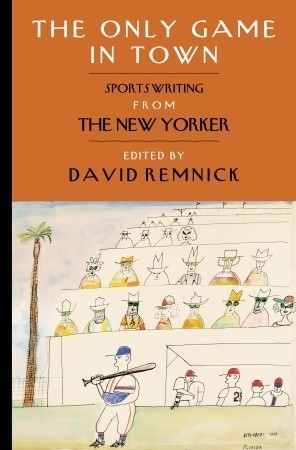What do you think?
Rate this book


512 pages, Hardcover
First published January 1, 2010
A recent study by four experimental psychologists published in the Journal of Personality and Social Psychology employs the term 'spontaneous trait transference' ... Over time, speakers are seen as themselves possessing the qualities that they describe in others.
The basic notion is hardly new: It's what underlies talk about basking in reflected glory, or the urge to kill the messenger. Even so, the strength of such 'trait transference' is startling. For instance, in the recent study participants were shown a video tape of a man talking about an acquaintance who was cruel to animals. In follow-up surveys, they associated that specific trait with the communicator: He was viewed as cruel to animals. And the effect was equally strong when the participants were told what was going on--when they knew that the 'interview' might have been scripted. Even when you eliminate rational warrant for the inference, people still make the association: Somehow we can't not. It is, the researchers conclude, a 'relatively mindless' process, and one that may powerfully affect our impression even of those well-known to us.